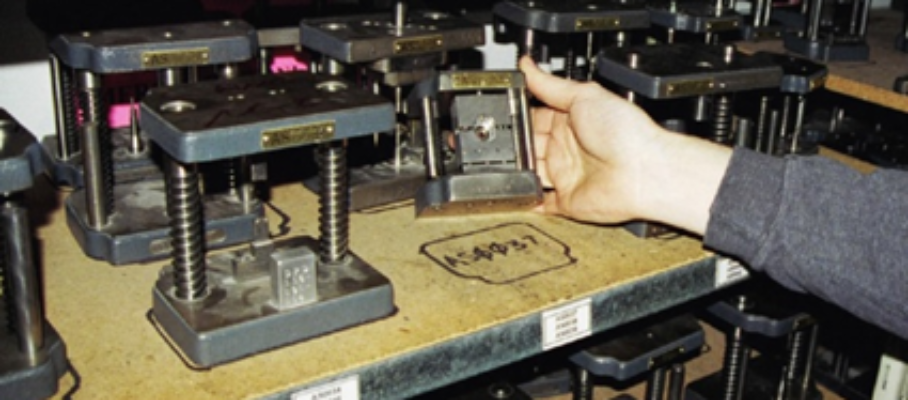Jul 15 2013
Life after NUMMI and Solyndra for Fremont, CA | Manufacturers’ Monthly
See on Scoop.it – lean manufacturing

While Fremont, CA, is not well known outside the San Francisco Bay Area, it has a place in history as the site of the first auto plant in the US to fully apply the Toyota Production System, 5 years before it was called “Lean.” It was the NUMMI jjoint venture between GM and Toyota. It resurrected a shuttered GM plant in 1984, rehiring 2,500 of its former workers, and successfully built cars for both owners for 26 years until the GM bankruptcy forced its closure in 2010, causing the direct loss of nearly 5,000 jobs, not including the losses in the network of suppliers that had grown around the plant. Solar cell panel maker Solyndra was then a short-lived hope for revival in Fremont, until it went bankrupt in 2011.
Tesla now produces cars in part of the old NUMMI plant, giving it a 3rd lease on life, and disk-drive maker Seagate is moving into the old Solyndra facility. According to this article, Fremont is now marketing itself as a hub for high-technology manufacturing.
I live across the Bay from Fremont, and root for its success.
See on www.manmonthly.com.au



Jul 18 2013
The Meaning of “Total” in Japanese Improvement Programs
As Armand Feigenbaum originally formulated Total Quality Control (TQC) in 1951, it meant quality control from product design to after-sales service. It had to do with the scope of the activity, not with who participates. In 1984, when Kaoru Ishikawa described the Japanese version of TQC, “Total” had come to mean “company-wide” (全社的, zenshateki). Sometimes, it is even explicitly stated to mean “with participation by everyone” (全員参加, zenyinsanka).
It can be argued that the Japanese side mistranslated “Total,” but it makes no difference. If we want to understand TQC or TPM, we need to go by what they mean by it and realize its implications. “Participation by everyone,” in particular, means the following:
As a consequence, the “Total” programs are difficult and expensive to implement. Before starting one, you must be sure that:
Otherwise, it most often fizzles out after a flurry of initial activity. In the worst case, it leads to a mutiny. When starting improvement in a manufacturing plant, the prerequisites for any kind of “Total” program are rarely met. It is safer to start a with activities involving local, small teams of volunteers, whose success motivates others to join in. This gradually strengthens the organization to the point where it is able to pull through a program that requires participation by everyone.
Share this:
Like this:
By Michel Baudin • Management 1 • Tags: Lean implementation, TPM, TQC